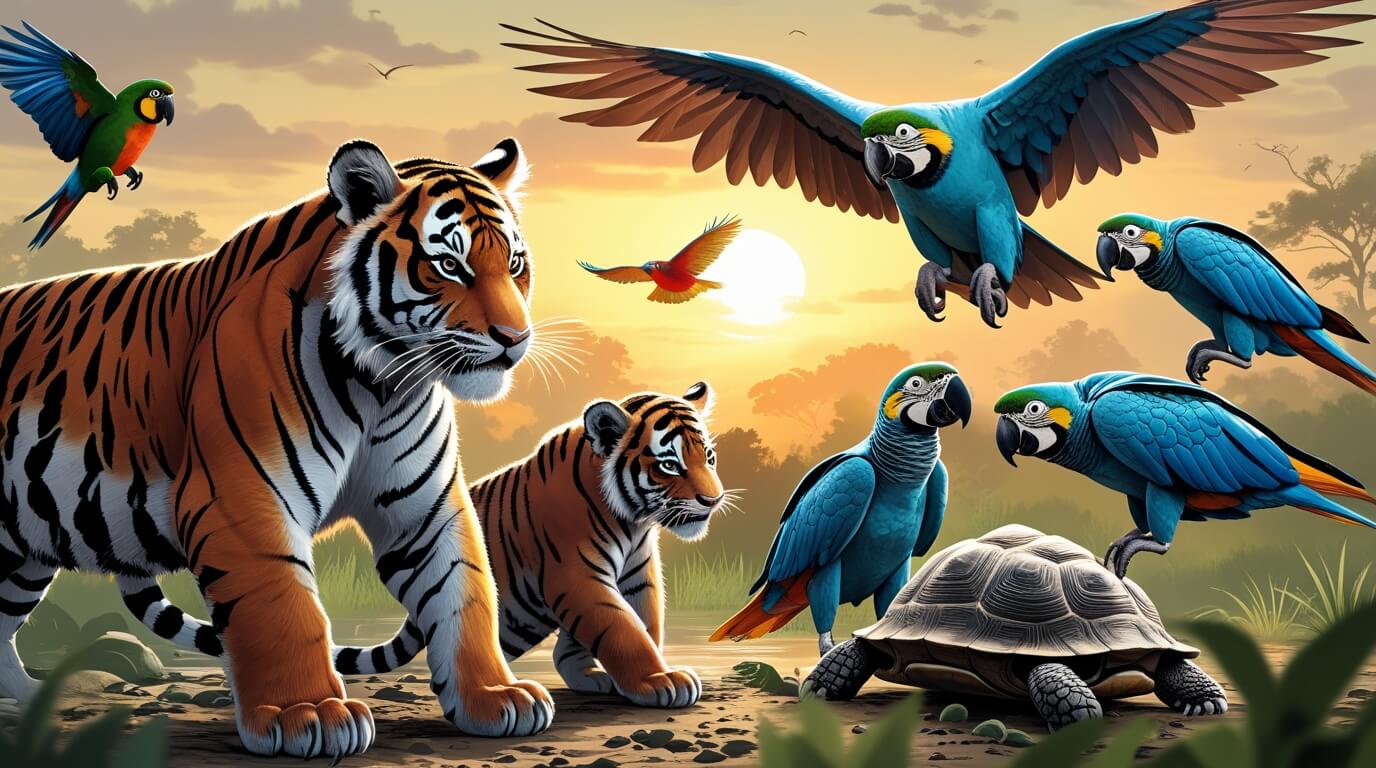August 29, 2025

Animal trafficking is one of the most pressing yet often overlooked crimes affecting wildlife worldwide. Every year, millions of animals are illegally captured, transported, and sold, fueling a multi-billion-dollar black market that rivals drugs and arms trafficking. From exotic birds to endangered tigers, the scale of exploitation is devastating—not only for animal populations but also for the ecosystems that depend on them.
Wildlife trafficking extends far beyond the illegal trade of exotic species. It encompasses:
According to the World Wildlife Fund (WWF), wildlife crime is valued at $7–23 billion annually, ranking it among the most lucrative illegal trades globally (WWF Report).
The widespread demand for these products not only fuels cruelty but also accelerates the decline of endangered species, pushing some to the brink of extinction.
The consequences of animal trafficking extend far beyond the immediate suffering of individual animals. Removing wildlife from their natural habitats disrupts ecosystems, causing cascading effects:
Ultimately, the loss of wildlife destabilizes ecosystems, negatively affecting humans who rely on these environments for food, clean water, and climate regulation.
While the scale of wildlife trafficking is daunting, inspiring examples of conservation and rescue exist:
These efforts highlight that when awareness increases and communities engage in conservation, the demand for trafficked animals diminishes.
Non-profit organizations are at the forefront of anti-trafficking initiatives:
Notable global organizations include:
Every individual can contribute to stopping animal trafficking:
Additional resources: WWF Illegal Wildlife Trade
Ending animal trafficking requires coordinated global efforts:
Fact: Countries with active CITES enforcement and public education campaigns report significantly reduced illegal wildlife trade.
Animal trafficking is a critical threat to global biodiversity, but it is not insurmountable. By combining:
…we can significantly reduce wildlife exploitation. Each responsible action—from refusing to buy trafficked products to supporting wildlife sanctuaries—helps preserve species, restore ecosystems, and maintain the natural balance on which all life depends.
Together, we can turn the tide on wildlife trafficking and create a future where animals thrive in the wild.
Stay up to date with the latest tips, expert insights, product reviews, and step-by-step guides to help you grow, create, and succeed—no matter your industry or passion.